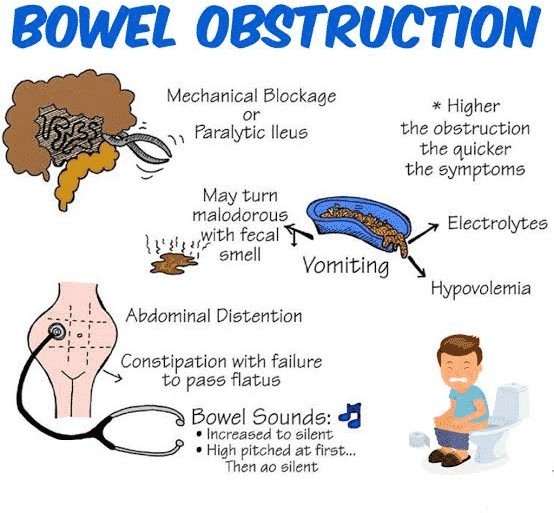A client is admitted with protein-calorie malnutrition and is receiving supplemental feedings through a naso-duodenal tube. Which assessment finding indicates that the client's nutritional status is improving?
Urine output 200 mL over the last 4 hours.
Decreasing serum albumin levels.
Weight gain of 0.75 kg in the last 2 days.
Sodium (Na) level 128 mEq/L.
The Correct Answer is C
Weight gain is a positive indicator of improved nutritional status. It suggests that the client is receiving adequate nutrition and their body is able to build up and retain weight. This is particularly important in the case of protein-calorie malnutrition, as it indicates that the client is receiving sufficient protein and calories to support their nutritional needs.
Nursing Test Bank
Naxlex Comprehensive Predictor Exams
Related Questions
Correct Answer is B
Explanation
Pernicious anemia is a type of anemia that occurs due to a lack of intrinsic factor, a protein necessary for the absorption of vitamin B12 (cobalamin) in the digestive system. As a result, patients with pernicious anemia are unable to absorb sufficient amounts of vitamin B12 from dietary sources. The treatment for pernicious anemia involves regular administration of cobalamin (B12) injections to bypass the impaired absorption and provide the necessary vitamin B12 directly.
Oral ferrous sulfate tablets are not the appropriate treatment for pernicious anemia. Ferrous sulfate is a form of iron supplement used to treat iron deficiency anemia, which is different from pernicious anemia.
Iron dextran infusions are also not indicated for pernicious anemia. Iron dextran is used for iron replacement therapy in cases of iron deficiency anemia, but it does not address the underlying issue of vitamin B12 deficiency in pernicious anemia.
Routine blood transfusions may be necessary in some cases of pernicious anemia, especially if the patient is severely anemic. However, the primary treatment for pernicious anemia is cobalamin (B12) injections, which provide the necessary vitamin B12 that the patient is unable to absorb.
Correct Answer is ["A","B","E"]
Explanation
Small bowel obstruction can lead to the accumulation of gastric contents above the obstruction, causing vomiting.
Obstruction of the small bowel can result in crampy, colicky abdominal pain and abdominal distention.
Electrolyte imbalances, such as hypokalemia (low potassium), can occur due to vomiting and inadequate intake in cases of small bowel obstruction.
The following finding is not directly associated with small bowel obstruction:
Pain relief after eating is more commonly associated with peptic ulcer disease, not small bowel obstruction.
While blood in the stool can be seen in some cases of bowel obstruction, it is more commonly associated with lower gastrointestinal bleeding or other conditions affecting the colon, rather than small bowel obstruction.

Whether you are a student looking to ace your exams or a practicing nurse seeking to enhance your expertise , our nursing education contents will empower you with the confidence and competence to make a difference in the lives of patients and become a respected leader in the healthcare field.
Visit Naxlex, invest in your future and unlock endless possibilities with our unparalleled nursing education contents today
Report Wrong Answer on the Current Question
Do you disagree with the answer? If yes, what is your expected answer? Explain.
Kindly be descriptive with the issue you are facing.
